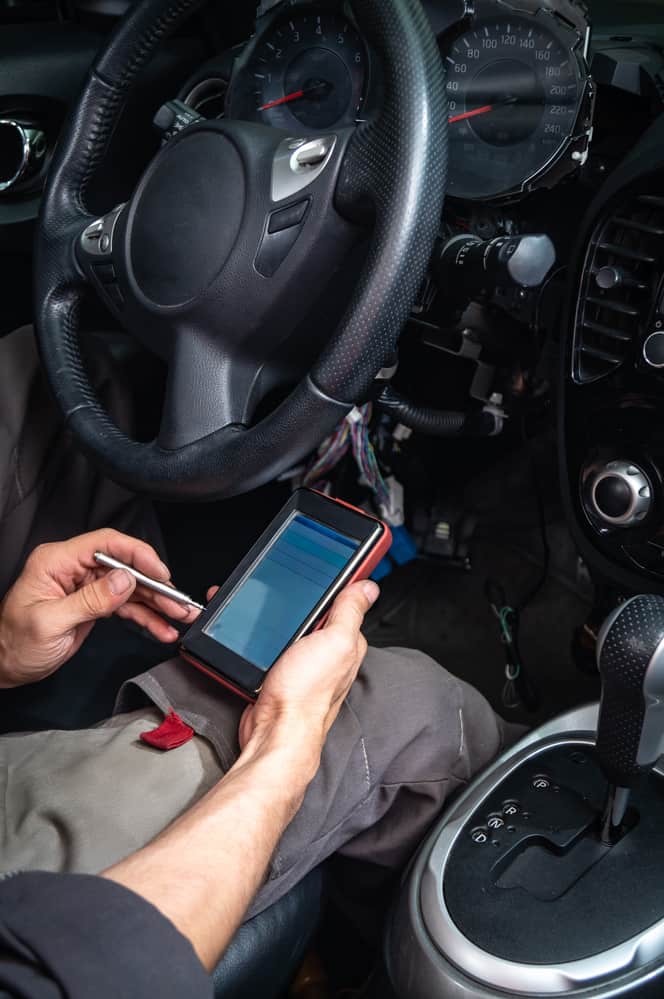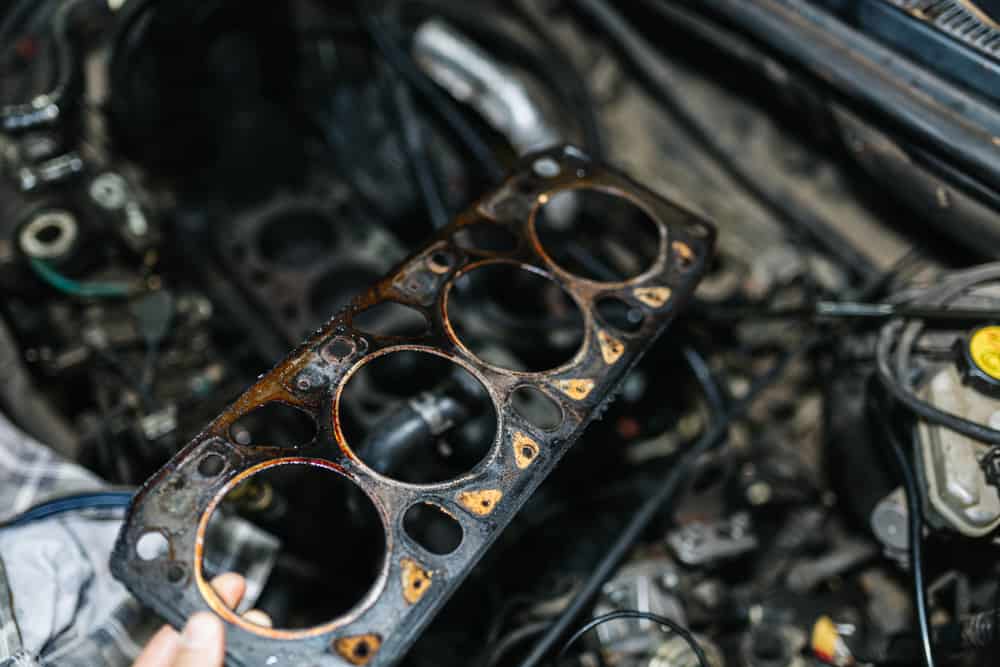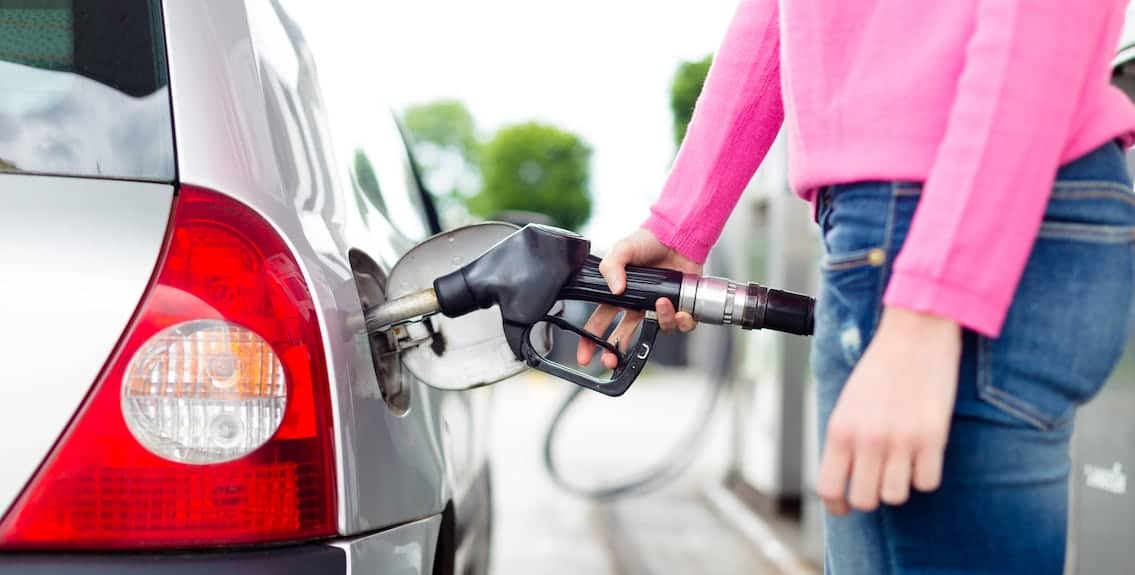As cars become more advanced, push-button ignitions are replacing traditional keyed starters. You can power your vehicle without turning a switch using a key fob. Sure, like anything new; the fobs can be annoying, as you must replace the batteries and keep them within proximity of the vehicle.
The little box that hangs on your key ring is responsible for engaging your vehicle’s computer system. Even if you don’t push any buttons on the fob, it’s omitting a low-frequency signal to the mainframe of your automobile. You can start and stop the car with the touch of a button on your dash.
The fob allows you to open the doors or hatch, start the car, roll down windows, and adjust preferred settings. Gone are the days of fumbling through keys and getting scratches on the paint trying to gain entry.
Interesting Things You Can Do with Your Key Fob
Like most things in electronics, the key fob has evolved. Today’s fob can do way more than the first ones that hit the market. Yet, many people don’t realize all the power these little devices hold. Here are some of the key fob’s secret powers you need to understand to utilize them fully.
Access a Key Hidden
While keys are becoming obsolete in the automotive industry, they still have their place. What do you do when your electronic components are on the fritz and you need to get into your vehicle? The simple answer is that most fobs have a key hidden inside them for these moments.
Each car manufacturer is different, but most car companies put a key inside that can be accessed in an emergency. Knowing how to get to this inner key easily is advisable, as you’ll no doubt have to use it at least once.
Use It As a Personal Safety Device
Your key fob has a panic button that you can access in an emergency. Here’s something you probably didn’t know about; you can extend the fob range by using your body’s electricity. You only need to put the fob on your chin and hit the button you need.
You may want to unlock the door for your kid who ran ahead at the store. You can use your body’s electricity to extend the fob’s range. With the fob on your face, hit the unlock button. You can do this to lock, unlock, or use the panic button.
Sure, it probably doesn’t make much sense at first, but it becomes more apparent when you realize the electricity that runs through your body. Did you know some people have such a natural current that they can’t wear a watch? The electricity in their body messes with the timing.
Another indication is the old TV sets that used rabbit ear antennas. Whenever you touch the antenna, the picture becomes much clearer. It’s the electricity in your body that’s given it the boost.
Automatically Start Your Car
Automatic start is becoming a standard feature on many cars, as it sure comes in handy in the wintertime. Your fob is used to activate this perk, and you’ll wonder how you lived all those years without it. Don’t worry; no one can get in the car and drive it away. The fob must be inside the vehicle to start and drive the automobile. Additionally, it will shut down after 10-15 minutes of the warmup cycle.
Engage Auto Parking Features
You can do amazing things with the fob if you have a high-end vehicle like a Tesla. Using the summons feature, you can move the car back and forth with the touch of a button. Getting into and out of those tight spots when you don’t have someone else with you will no longer be a problem.
Dealing with a Dead Key Fob
One of the most significant issues with these new fobs is the battery. The more you use it, the more battery life you will take away from it. Replacing the batteries isn’t a big deal, but you must ensure you do it. If the fob isn’t acting as it should, you need to try replacing the batteries to ensure it’s this problem and not electrical.
How long will a battery last? The battery life depends heavily on the type of battery you buy and how much you use it. If you hit the fob 20 times a day every day, you can expect to get about 6-8 months’ worth of use from this battery. If you’re using it only a couple of times a day, it can last over a year or more.
A better battery is always worth the cost, as quality cells last longer. If you’re going through batteries quickly, it’s a sign there’s an issue. Even frugal varieties shouldn’t die too soon, as these are not low-draining devices.
Getting Help with Your Automobile
As technology continues to change, we’re constantly learning and evolving. While we can’t help you program a new fob to your car, as only a dealer can, we can help you sort out an electrical issue. Today’s technologically advanced vehicles are often more apt to have these types of problems.
The computer systems and more advanced wiring rival the ones in the cars of yesteryear. If you’ve put fresh batteries in your fob and are still having issues, it may be the electrical system. The team at Cloverdale Auto can help. Call us today for assistance.









